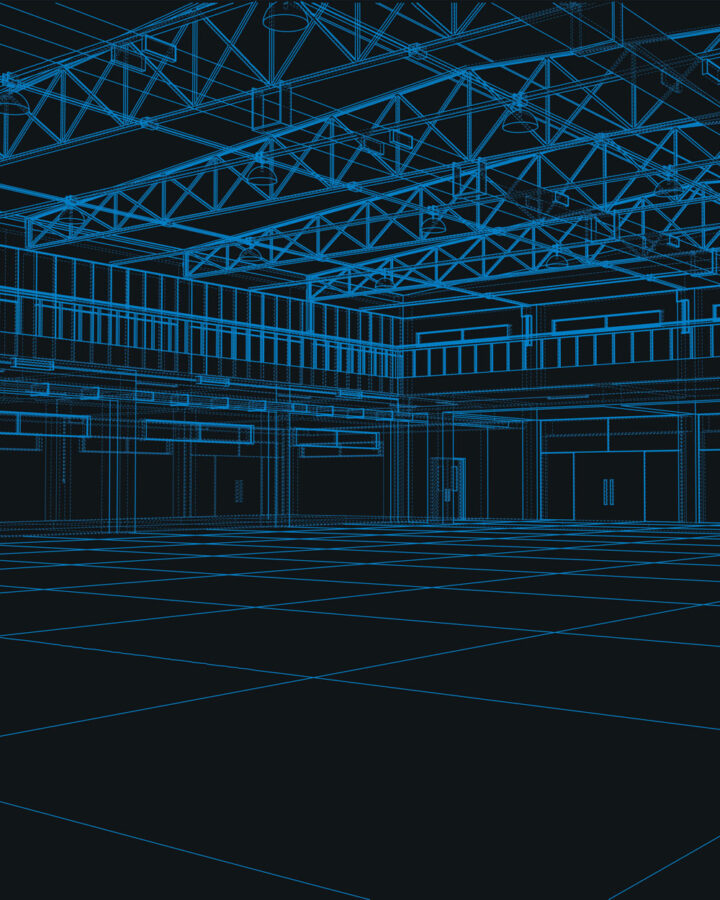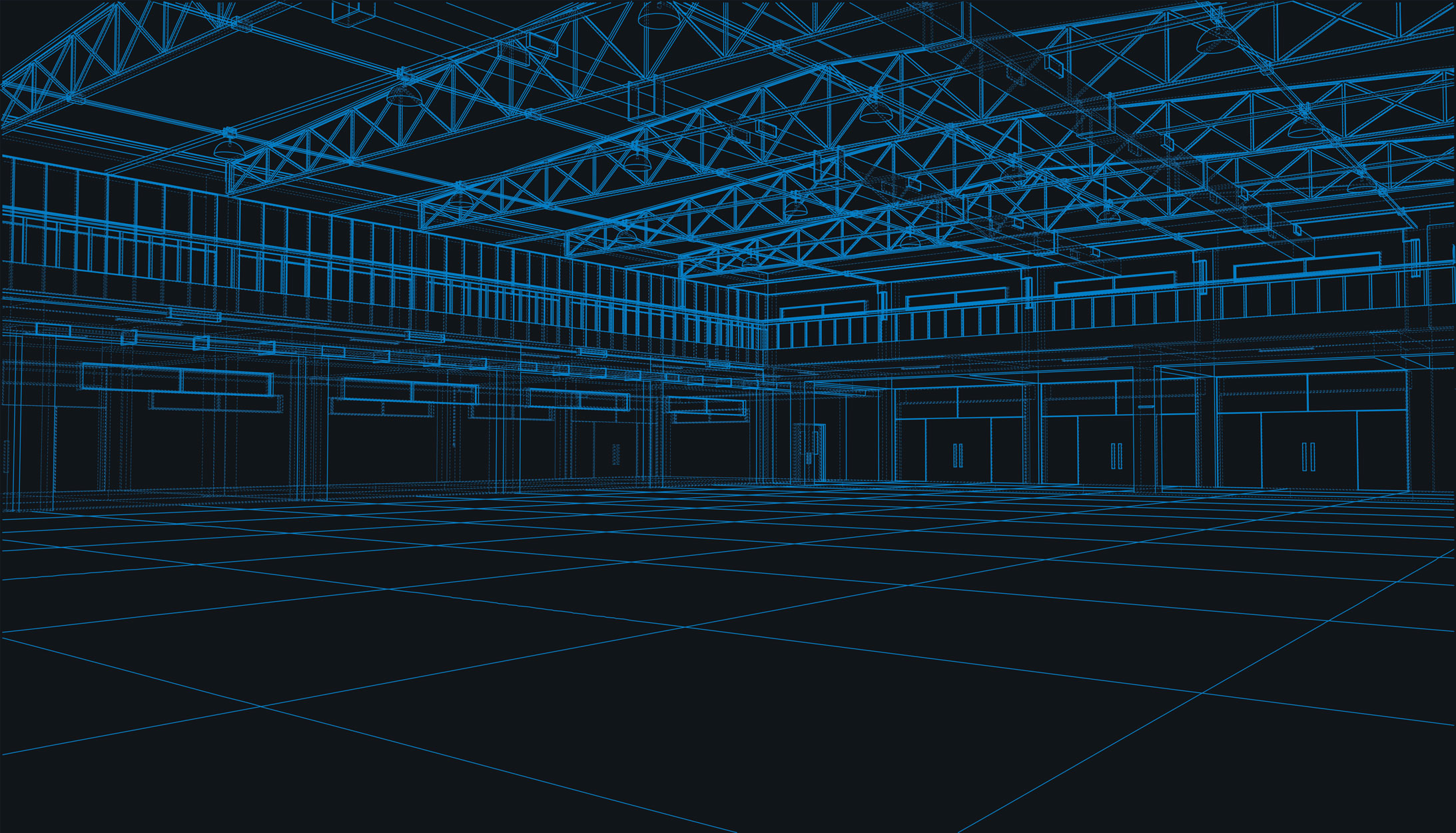Most organisations, regardless of their practical application, face the requirement to change at some point. Change is a necessary tool to overcome business inabilities; whether that’s applying new technologies or adapting to an evolving financial environment, it’s purpose remains the same. What might not be so apparent is that the employees within these organisations aren’t so fond of the repercussions that change can bring. Shifting business procedures delivers opportunity, and, a degree of uncertainty. It might seem like a ludicrous theory, but the fact is, most find solace working within the limitations of their educational and prior practiced experiences.
Of course, change is inherently encountered for any new employee; but when additional duties are requested outside a set framework, resistance can become a serious issue. Resistance isn’t only related to increased responsibilities, but also the implementation of new systems within the business. With radical advancements in both hardware and software innovation in the last decade, every industry has had to evolve to ‘keep up’, so-to-say. Thus, resistance to change is specifically related to the challenges associated with undertaking unfamiliar tasks that present uncertain outcomes.
Resistance to change is specifically related to the challenges associated with undertaking unfamiliar tasks that present uncertain outcomes.
We’ve all been told, “if it’s not broken, don’t fix it” which is certainly a valid statement for specific applications, but the sheer efficiency and accuracy that technology based systems can deliver mean it’s an aged theory. Without computer systems to track, record and trace work, businesses in today’s market simply couldn’t compete. A truly well thought out system saves time and money whilst driving quality; which if you studied management, are three of the four key elements to the project management triangle.
Fantastic! So a very likely solution to saving money, reducing time and increasing overall quality, is to implement a software and, or, hardware system; problem solved! Unfortunately, it’s not that simple for organisations.
See, the preceding issue at hand is that most organisations already have some type of system in place to manage work. Remember, a system is defined as “a set of things working together as part of a mechanism or an interconnecting network” (Oxford Dictionary). Therefore, a system isn’t necessarily a software or, hardware-based product.
Some systems work great, some okay and some just cause more problems than they solve! The problem really isn’t at either end of this spectrum, but the companies with mediocre systems in place. The people at these companies know the system fulfils a purpose, just not very well. And because everyone knows it, and its inabilities, it seems like an apocalyptic challenge to change to a system that actually works. Of course, there are financial issues with this too, but we won’t delve into those here.
The problem really isn’t at either end of this spectrum, but the companies with mediocre systems in place. The people at these companies know the system fulfils a purpose, just not very well.
So how do companies limit the negative side effects of change? The answer lies with the system itself. Technical limitations must be reduced wherever possible. This means ease of use and functionality must be considered above all else. Without functionality, systems will be abandoned, and soon forgotten. The system must have an in depth understanding of the end user’s requirements. Developing and implementing features that simply aren’t used is counter productive and downright poor business practice. In addition to this, the system should provide as much intuitive training as possible, allowing companies the ability to eradicate company-funded training.
At Glaass we are focused on delivering reference level management software to building and construction projects. Quality will always drive our creation. We have aligned our efforts solely on the industries greatest challenges. By taking this approach we are able to develop a truly effective system that delivers a seamless user experience that critically eliminates resistance to change, something that hasn’t been accomplished in the industry.


